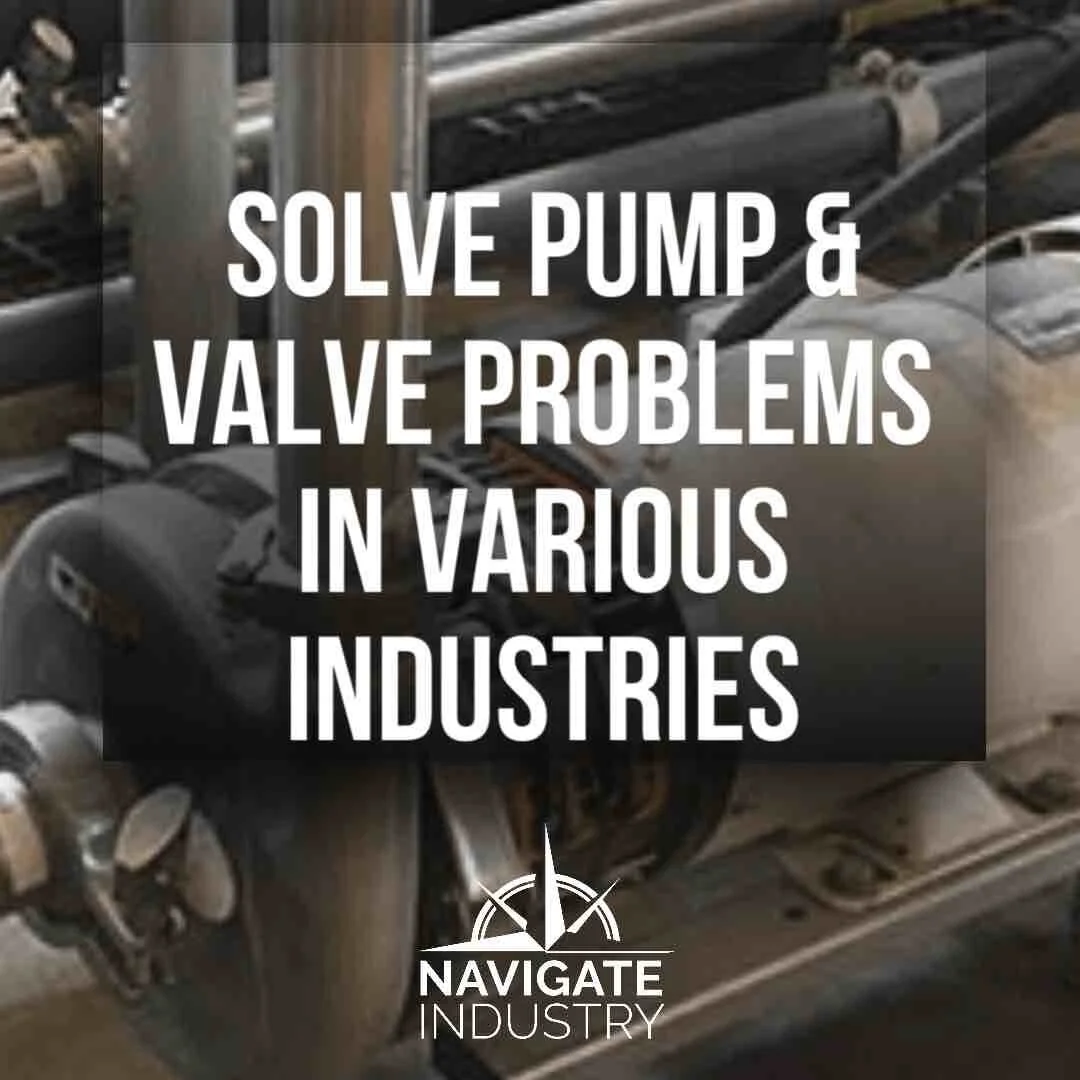Improve Chemical Pump Maintenance in 12 Steps
/Six common chemical pump maintenance problems and solutions and 12 steps for preventive maintenance for chemical pumps are described, along with five tools for maintaining chemical pumps.
By Michelle Segrest, Navigate Content, Inc., Reporting for Maintenance Technology Magazine
Maintenance missteps in chemical-pumping applications can be catastrophic.
Regardless of the industry, in chemical pumping applications, it’s important to understand how the chemical reacts to heat, pressure, and flow. Just as crucial is the need to consider all system components in these applications. One maintenance misstep could be catastrophic.
Jim Raiders, senior technology engineer for Akzo Nobel Pulp and Performance Chemicals Inc., Chicago, offered the following advice for keeping chemical-processing pumps well maintained and reliable.
6 Common Chemical Pump Maintenance Problems & Solutions
Wet-side seal integrity. Select materials and pump designs that offer improved hydraulic flow and the ability to prevent wet-area wear.
Lubrication. Improve pump-sealing techniques to allow a wide range of operating conditions, without losing containment.
Cavitation/inadequate flow conditions. Use self-contained lubrication systems and isolate the lubrication systems from process-chemical exposure.
Corrosion. Use self-contained relief devices on positive-displacement pumps.
Motor failure. Make better material selections, i.e., opt for quality materials instead of low-cost units.
Improper mounting of pumps that creates secondary vibration nodes leading to pumping-system damage. Choose motors with improved insulation, bearings, and fan designs.
12 Important Preventive Maintenance Steps for Chemical Pumps
Regular inspections
Flow verifications
Vibration analysis and baselining
Power usage/thermal image baselining
Consideration of improved pump location in the process area.
Maintenance best practices
Use double mechanical seals with seal-guard monitoring for rotating pumps.
Place dosing pumps in a containment area to keep them protected from spills and sprays.
Place covers on rotating units for protection from processes.
Use power-line monitoring for loading indication of motor/pump wear.
Mount equipment properly with anchoring, grouting, and grounding.
Locate pumps in well-lit areas, if possible, for ease of monitoring.
5 Helpful Tools for Maintaining Chemical Pumps
Vibration analysis
Offline and installed monitors
Thermal imaging
Process flow monitoring
CIP (clean-in-place) systems for automated cleaning when systems are offline.
For information about Akzo Nobel chemical-processing products and services, visit akzonobel.com/corporate-product/chemical-industry.
Michelle Segrest is president of Navigate Content Inc., a full-service content creation firm, and specializes in creating content for the processing industries. If you have an interesting efficiency/reliability story to tell, please contact her at michelle@navigatecontent.com.













